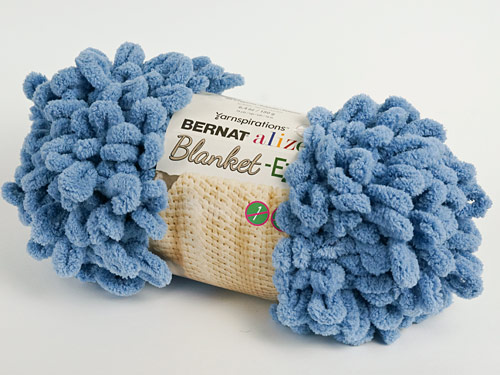
Trying something new today: I’ve created my first pattern-exclusive video tutorial: a quick video demonstration that’s only available to purchasers of a specific pattern, and that demonstrates a specific part of the pattern that might trip you up. In this case, I’m demonstrating the optional Puffy Seafoam add-on for my Turtle Beach blankets, found in […]
















